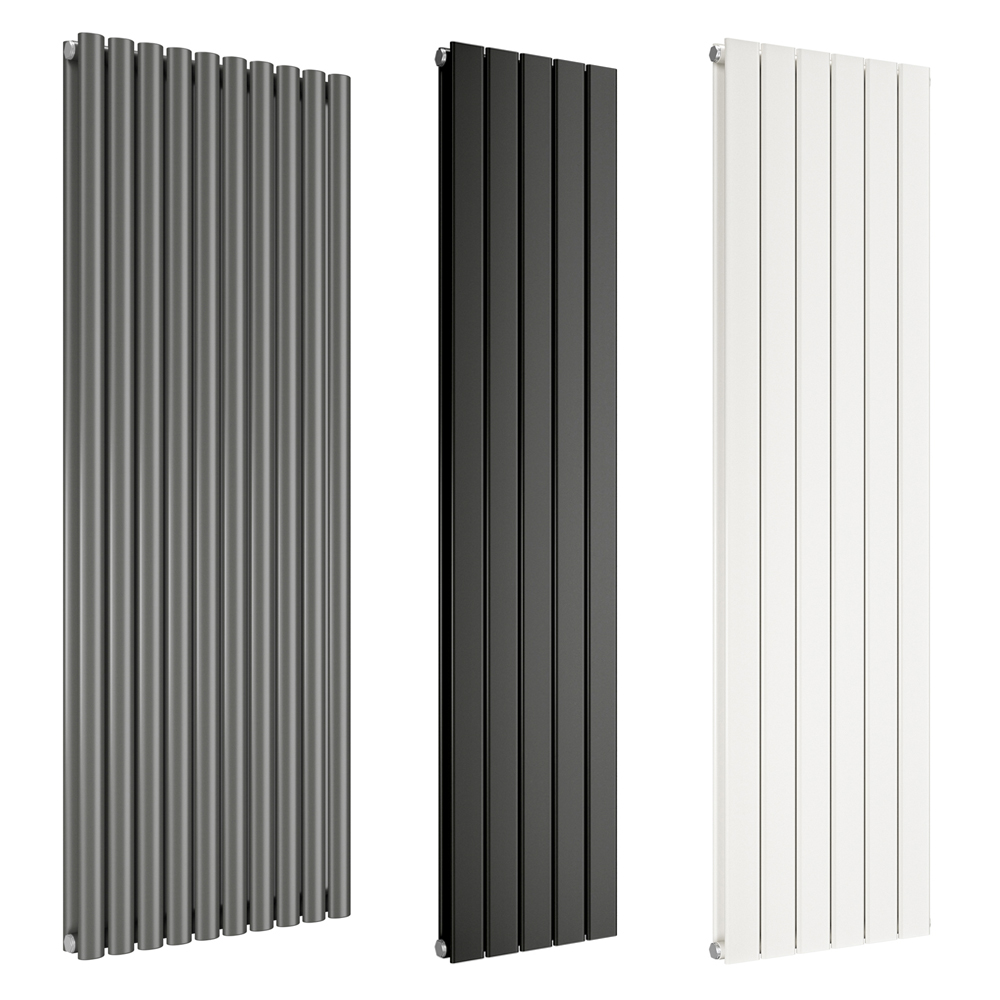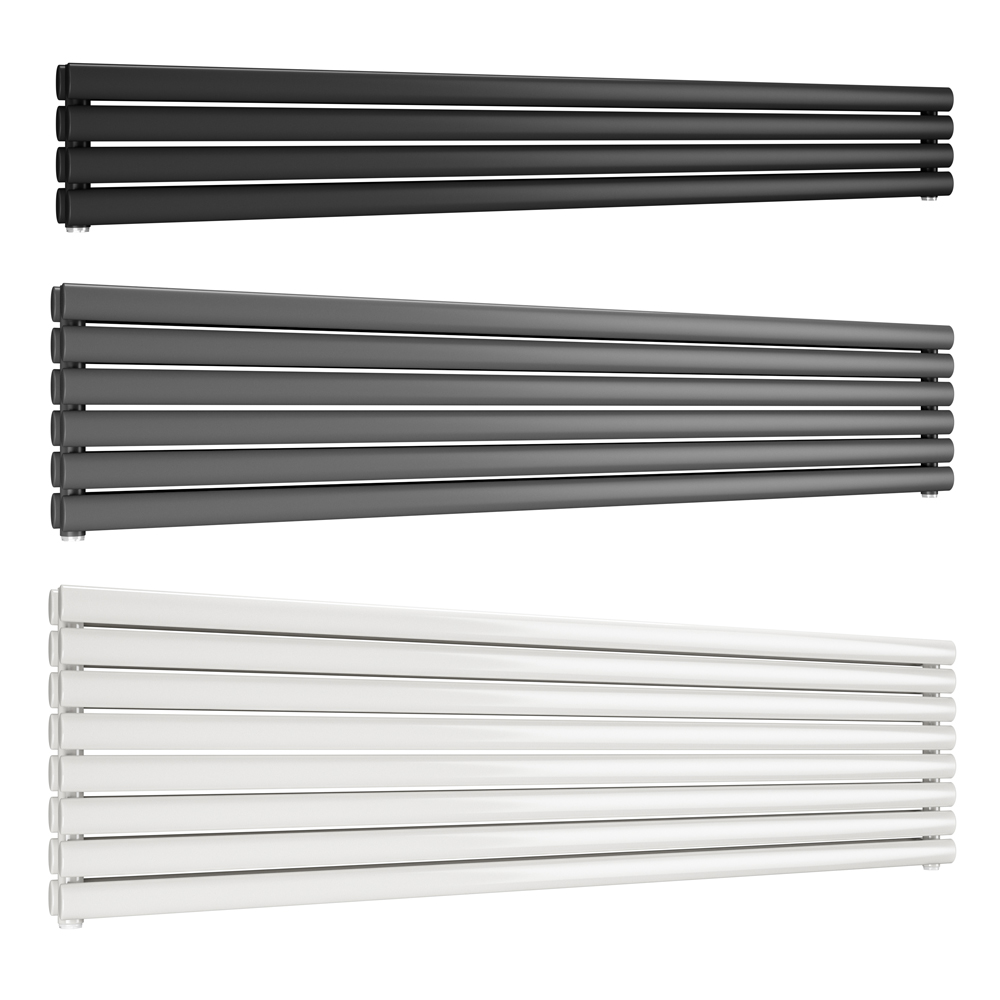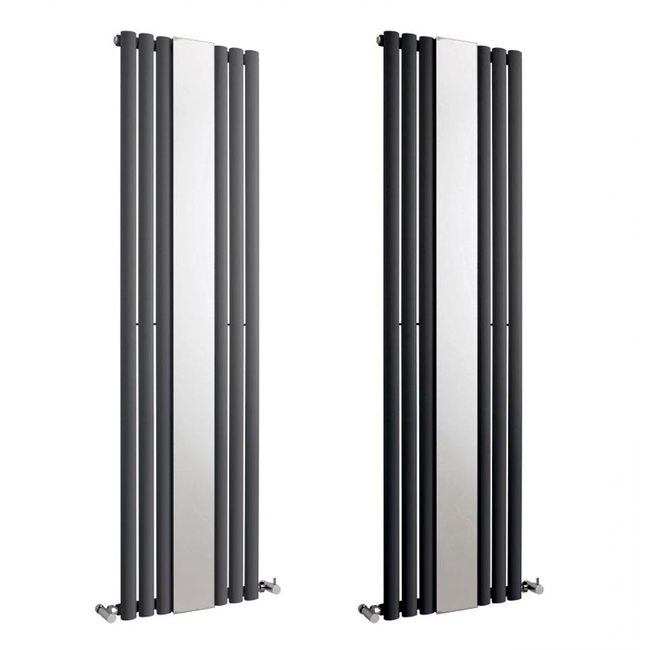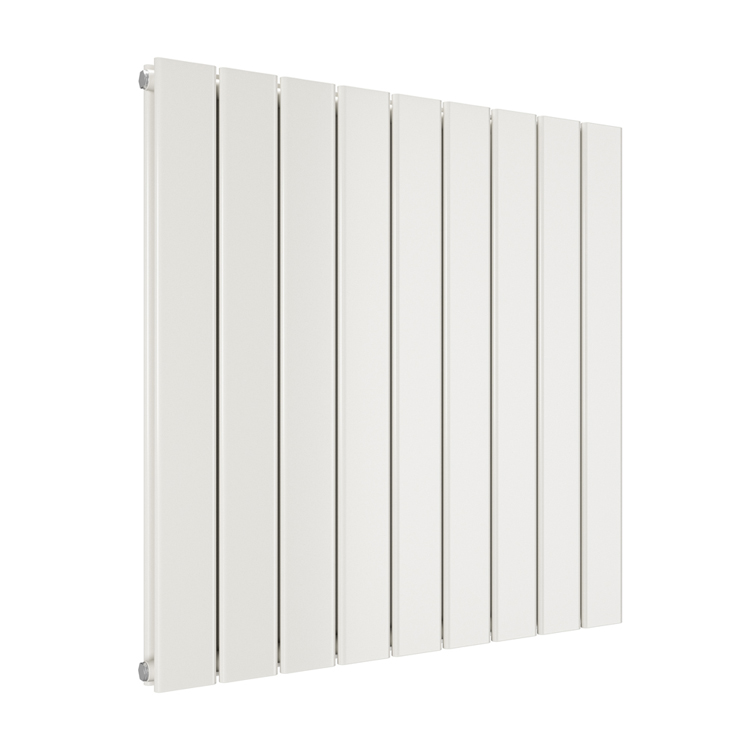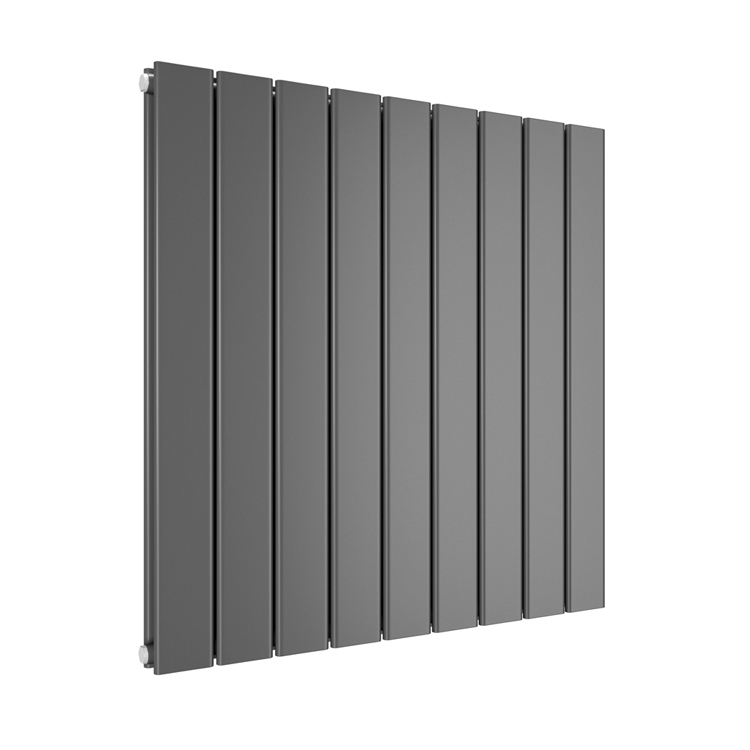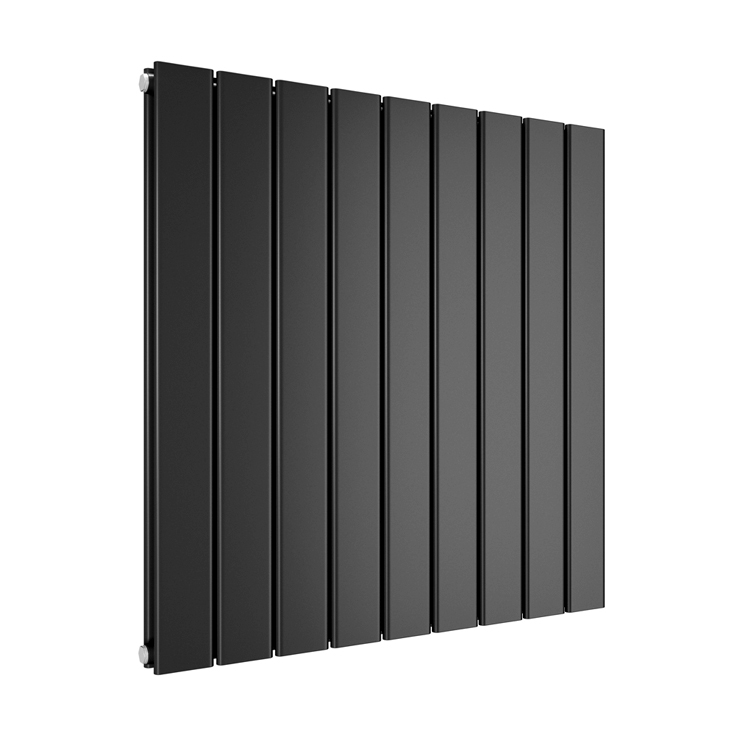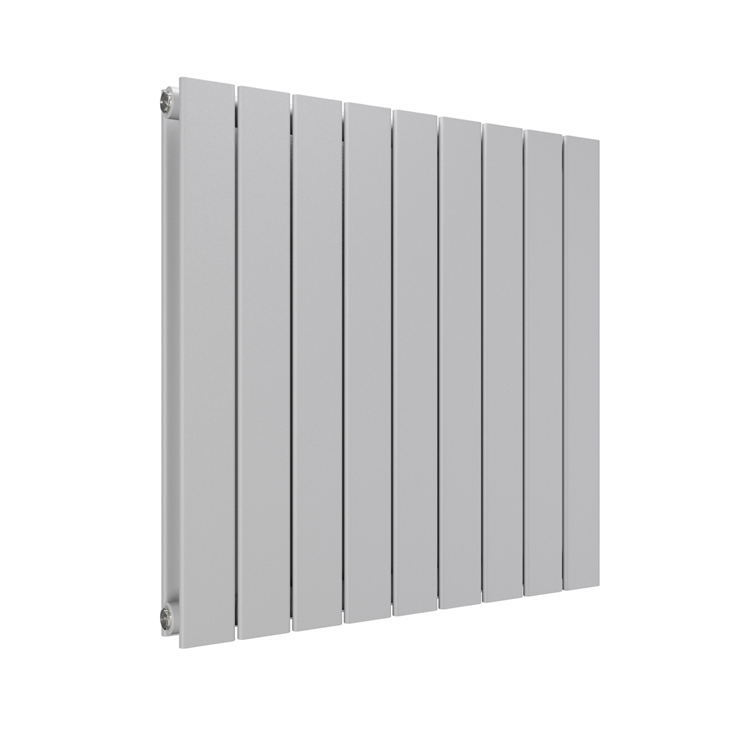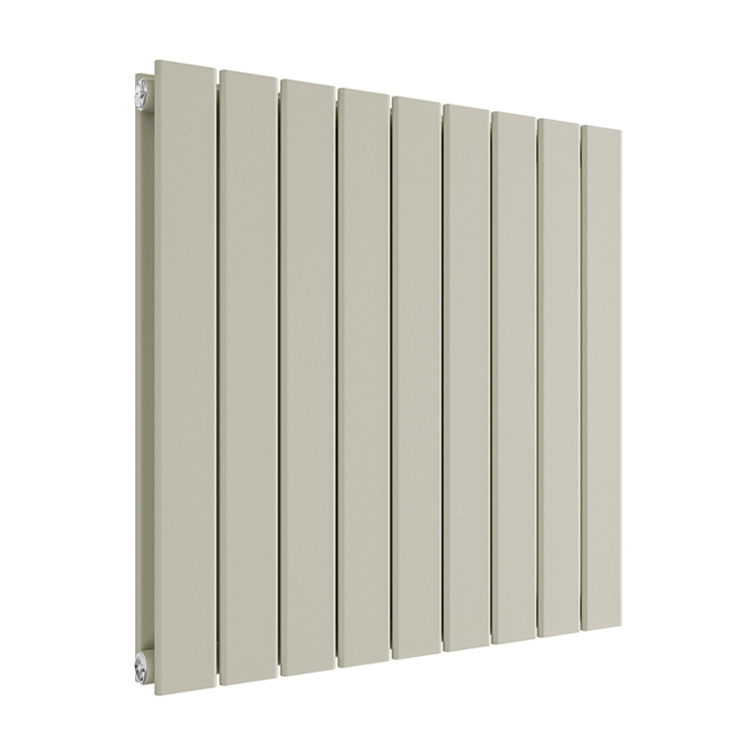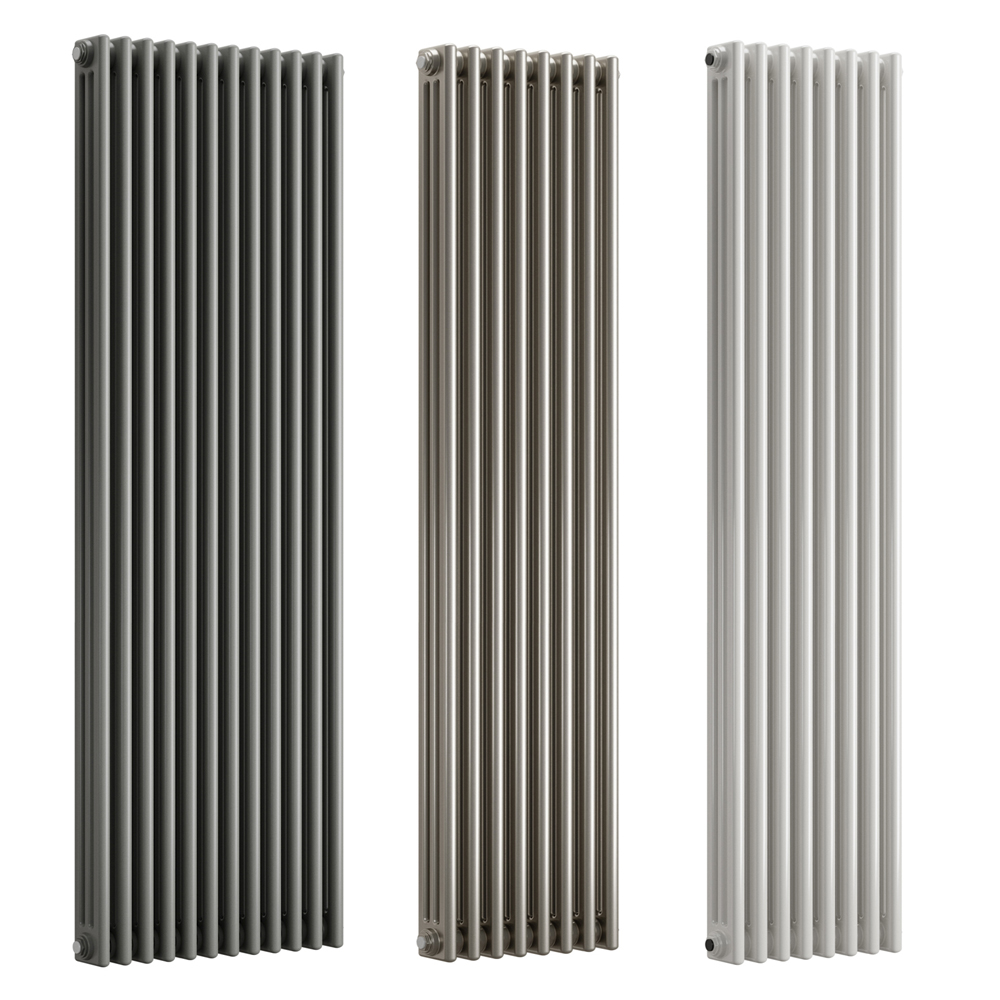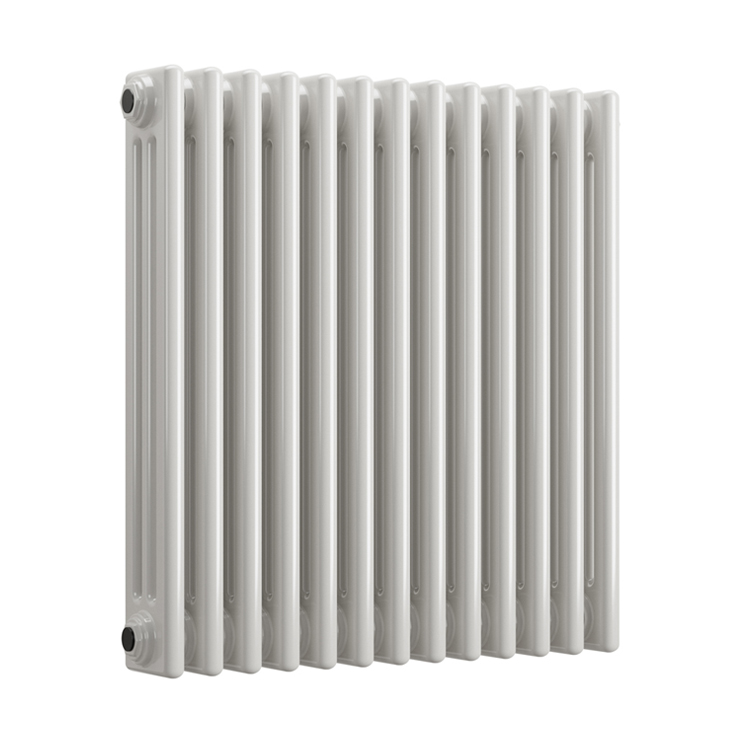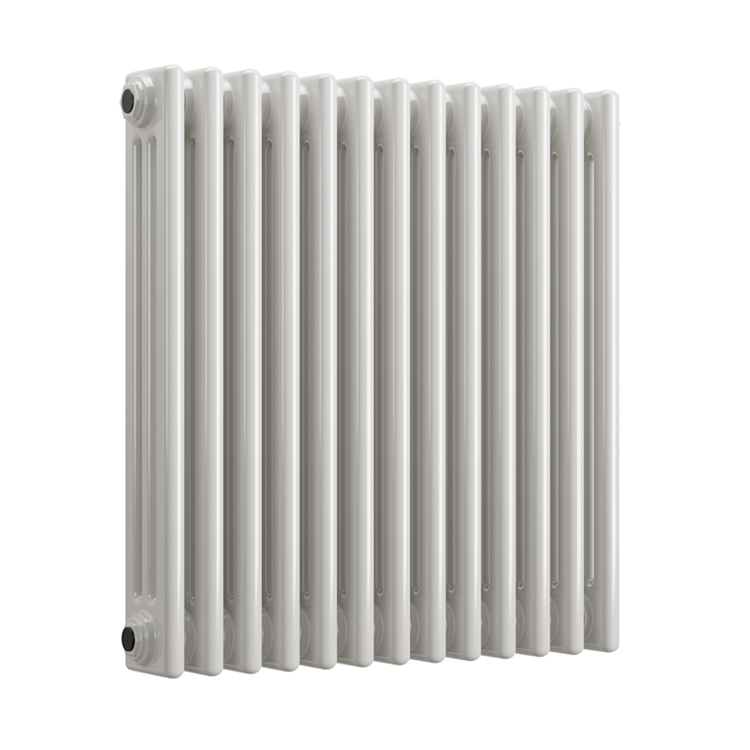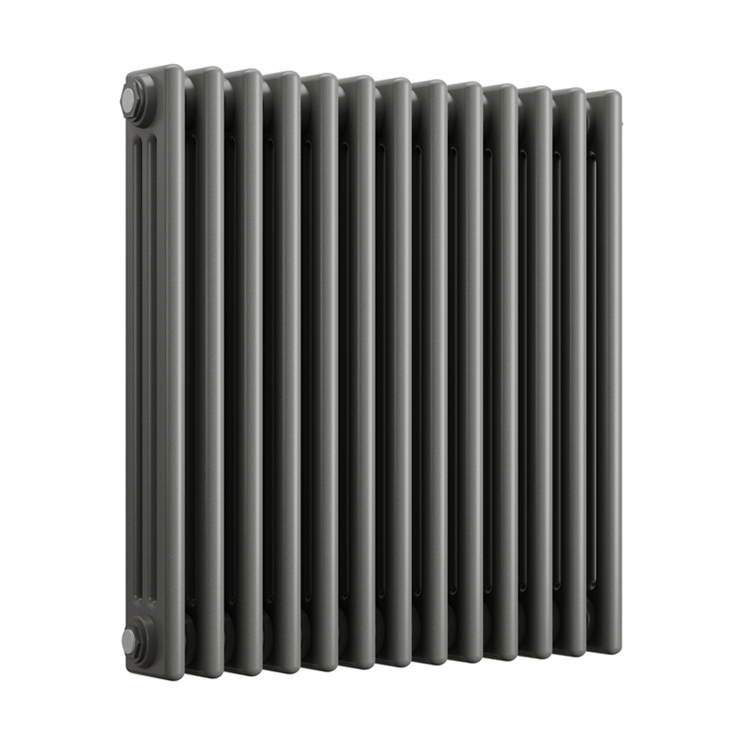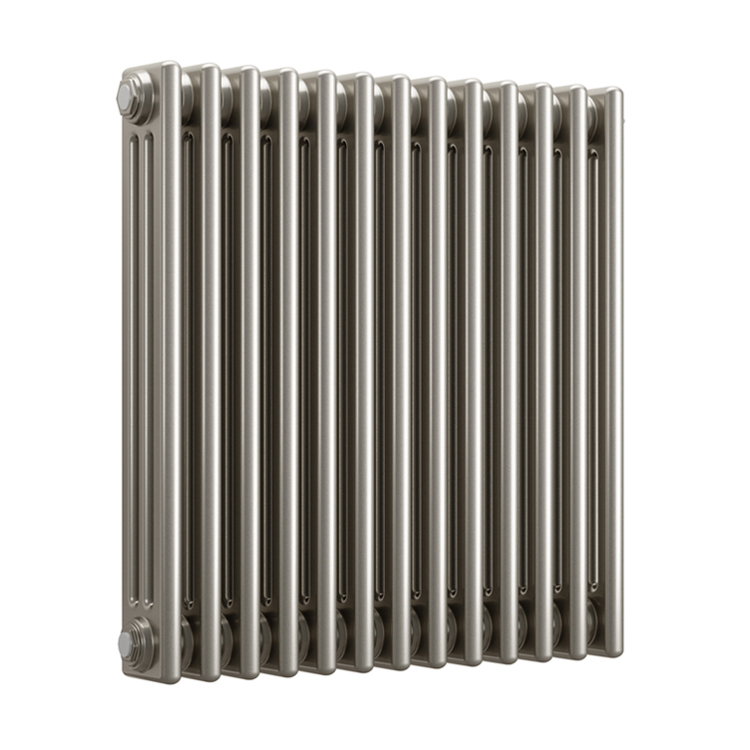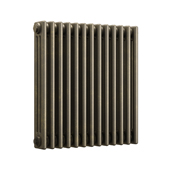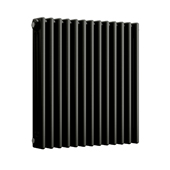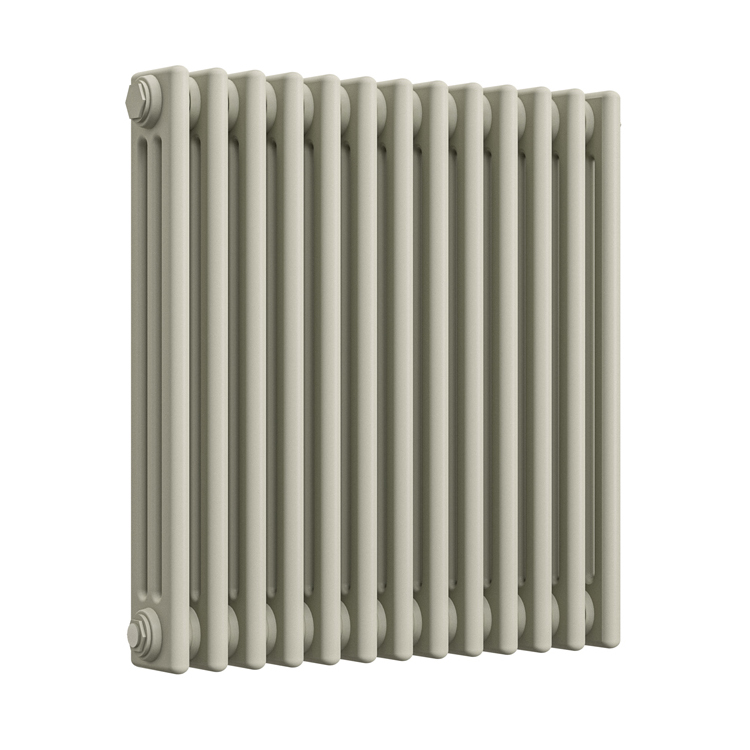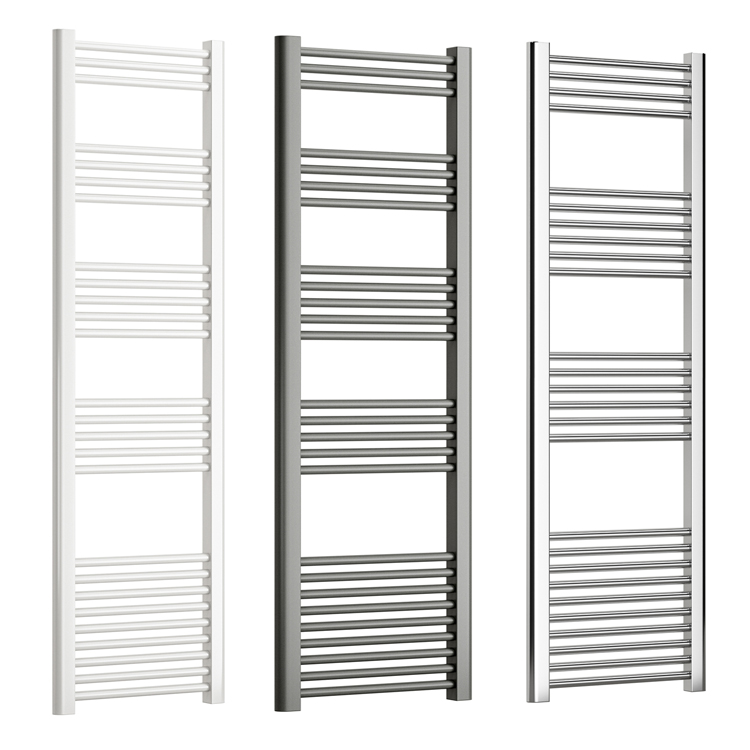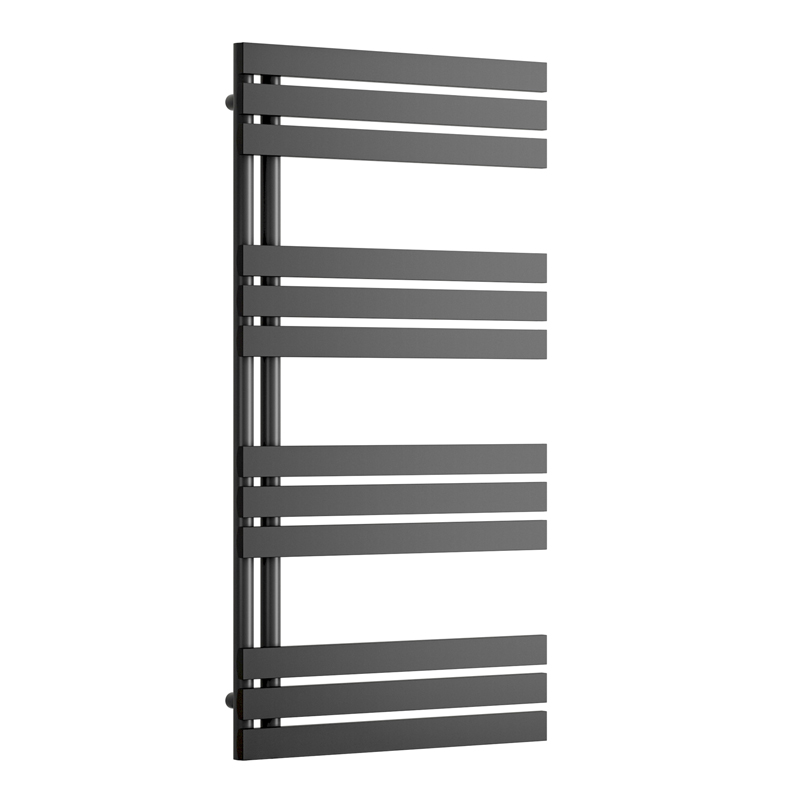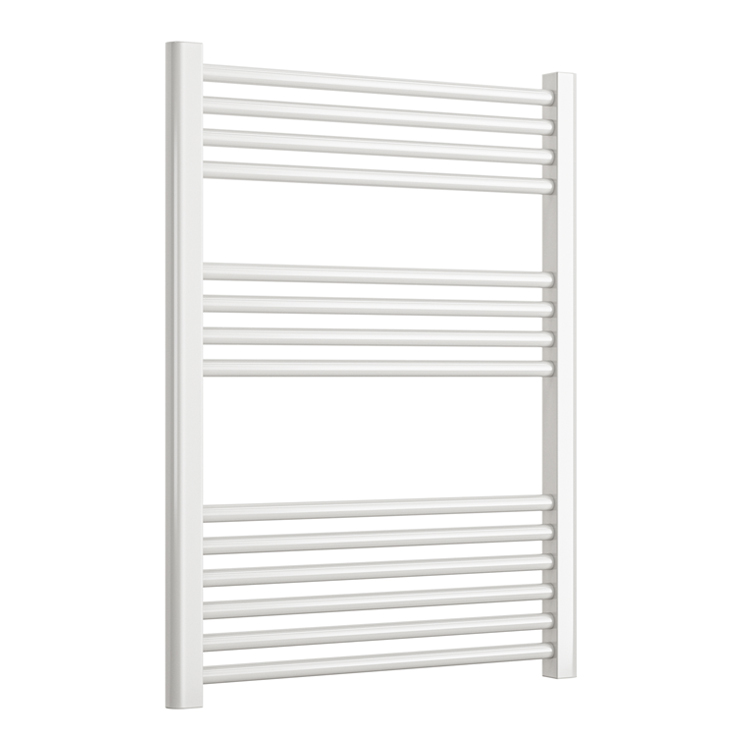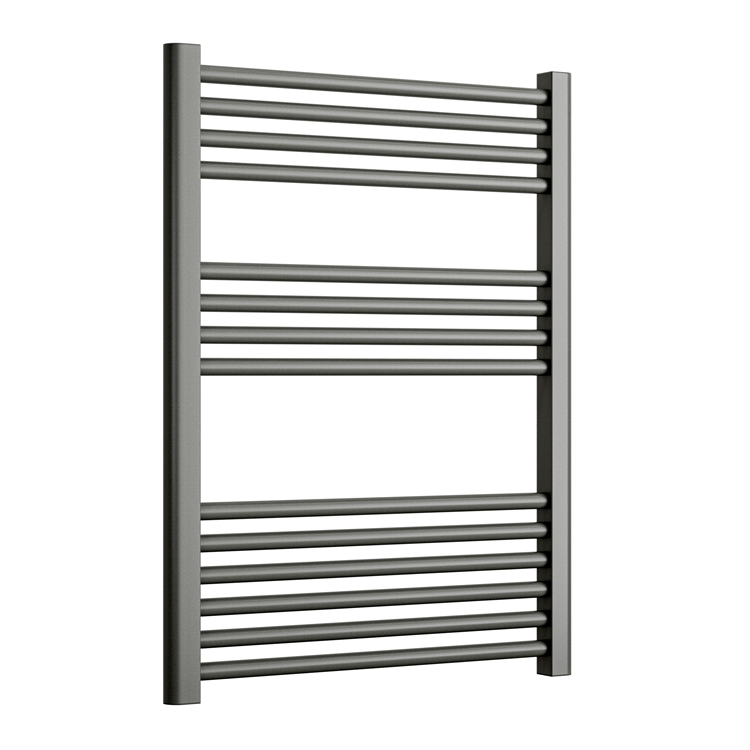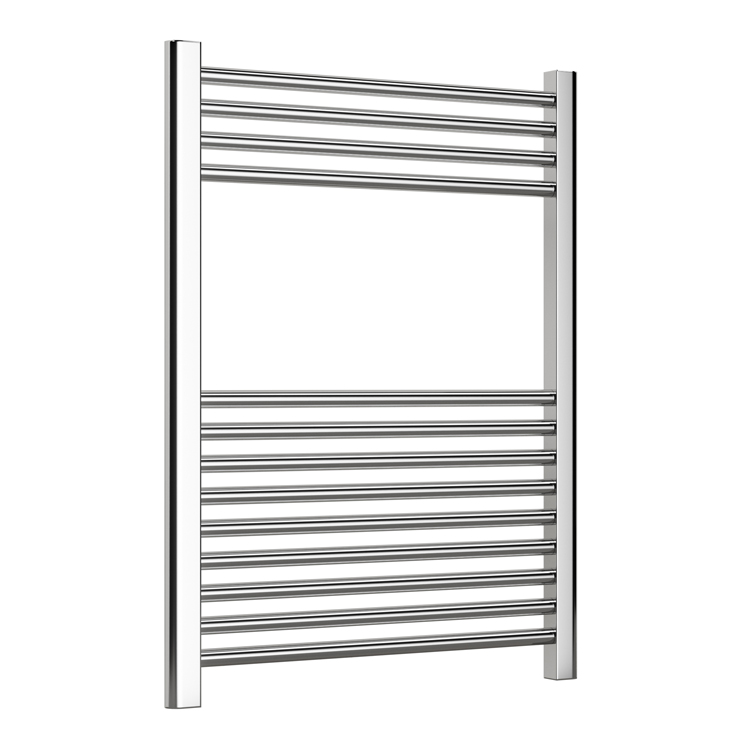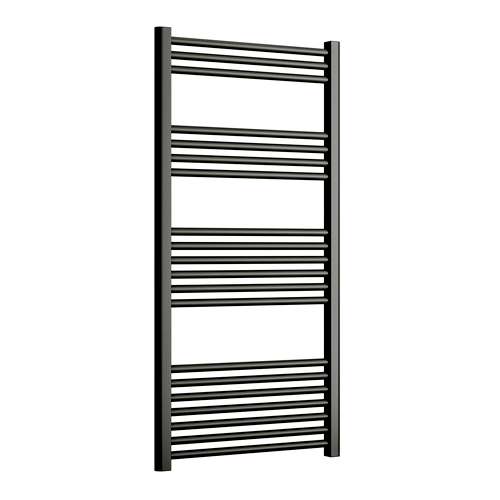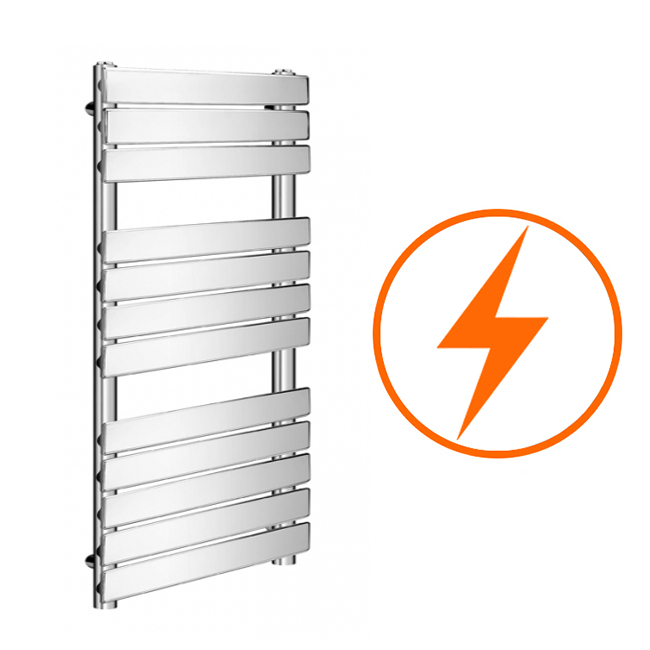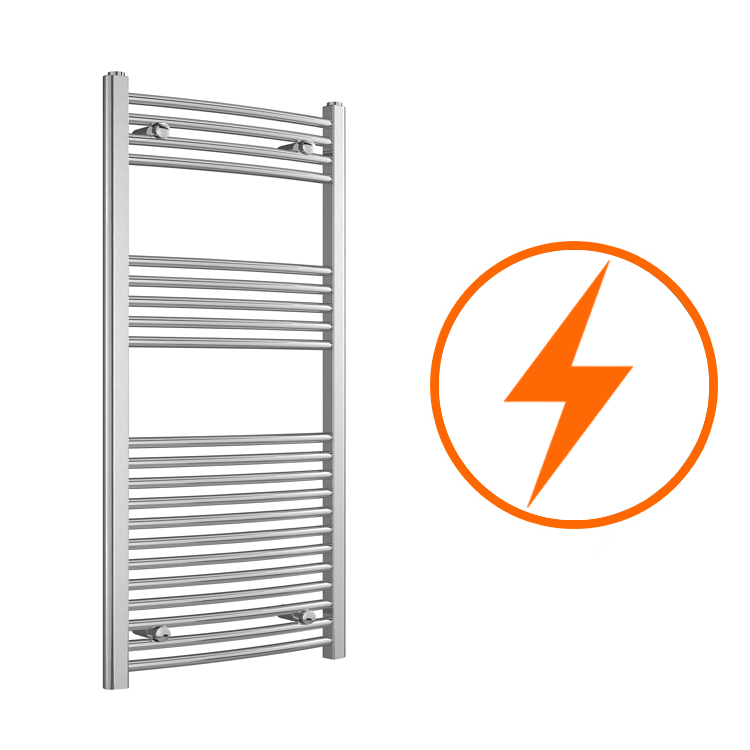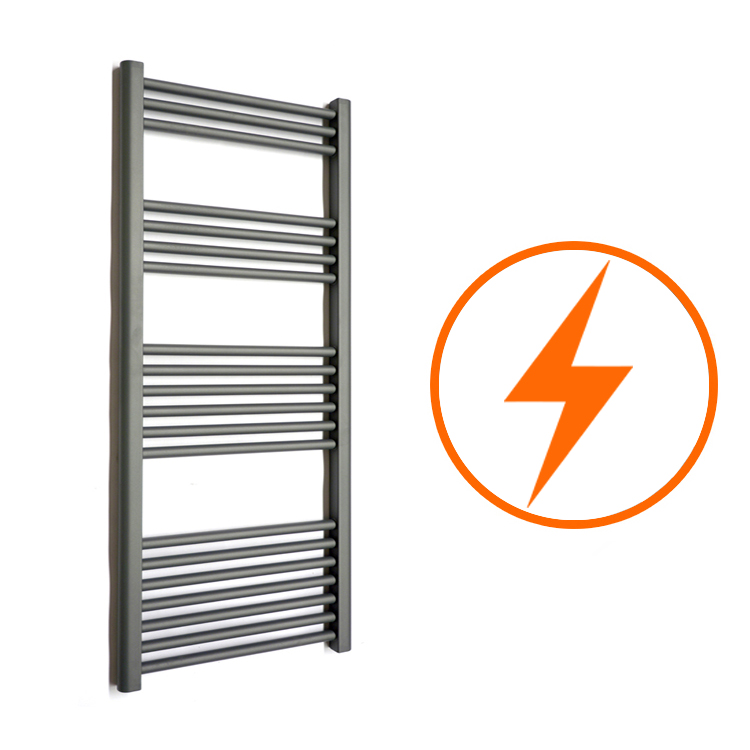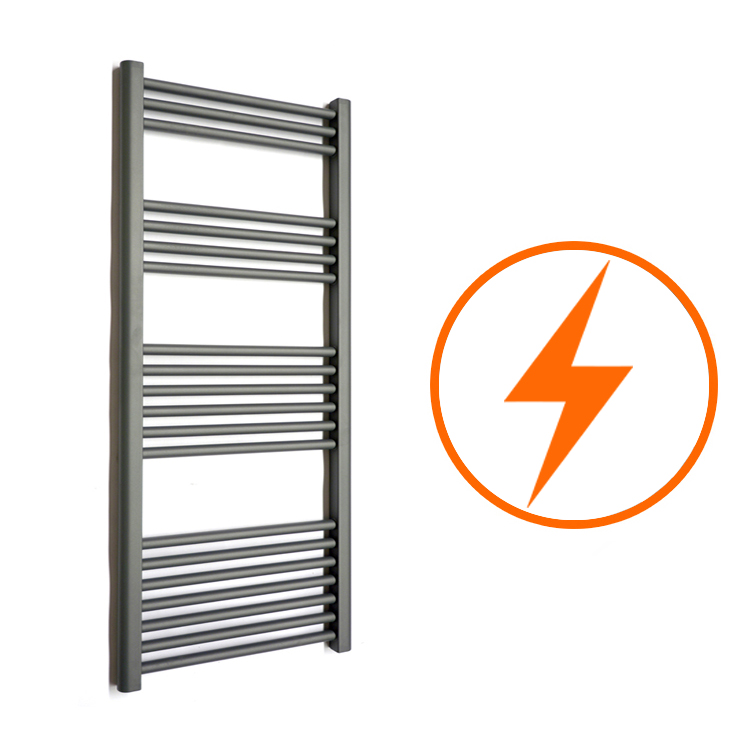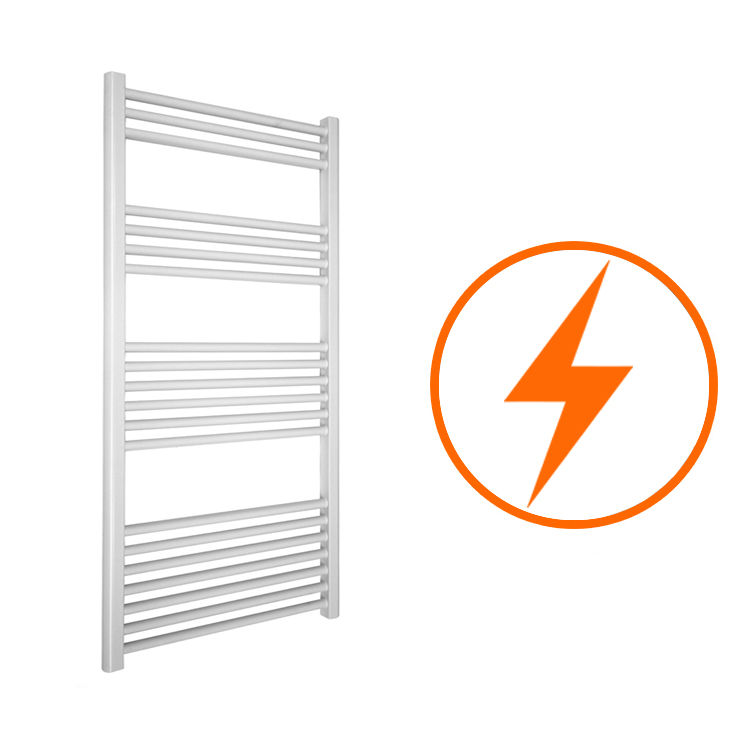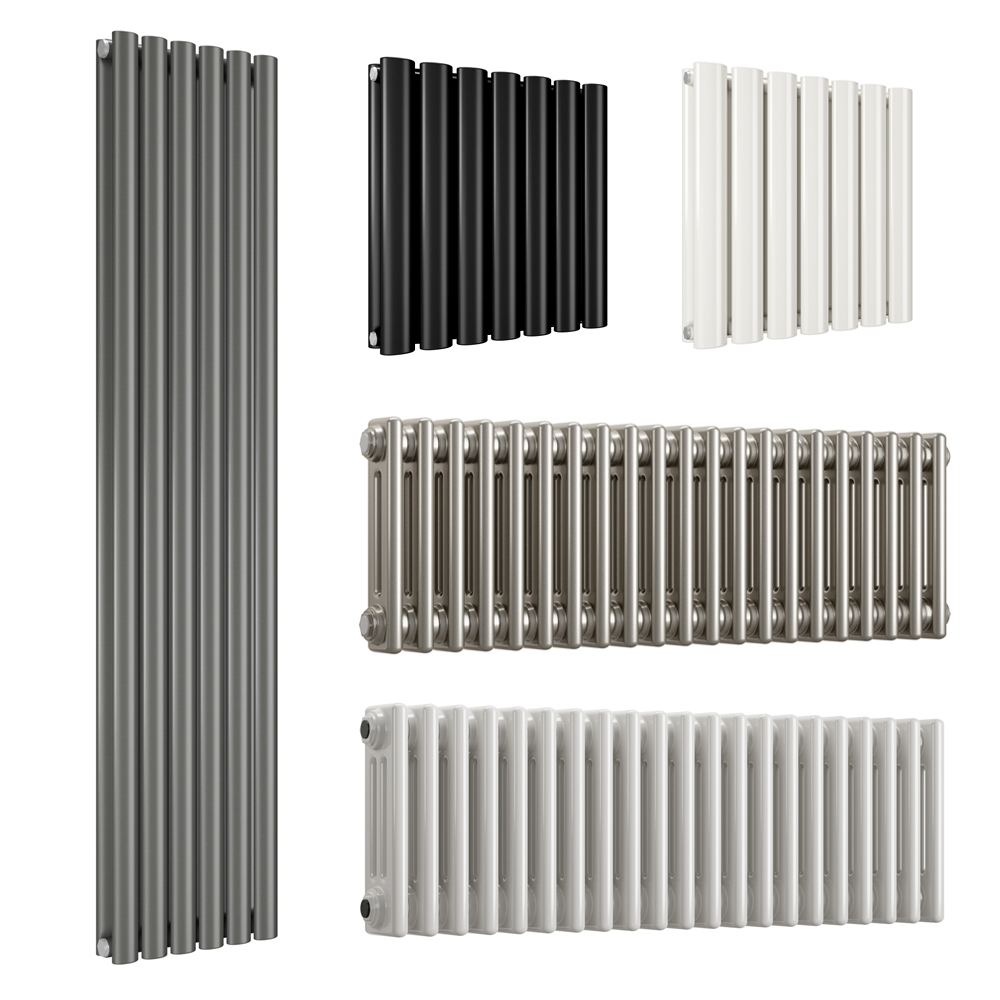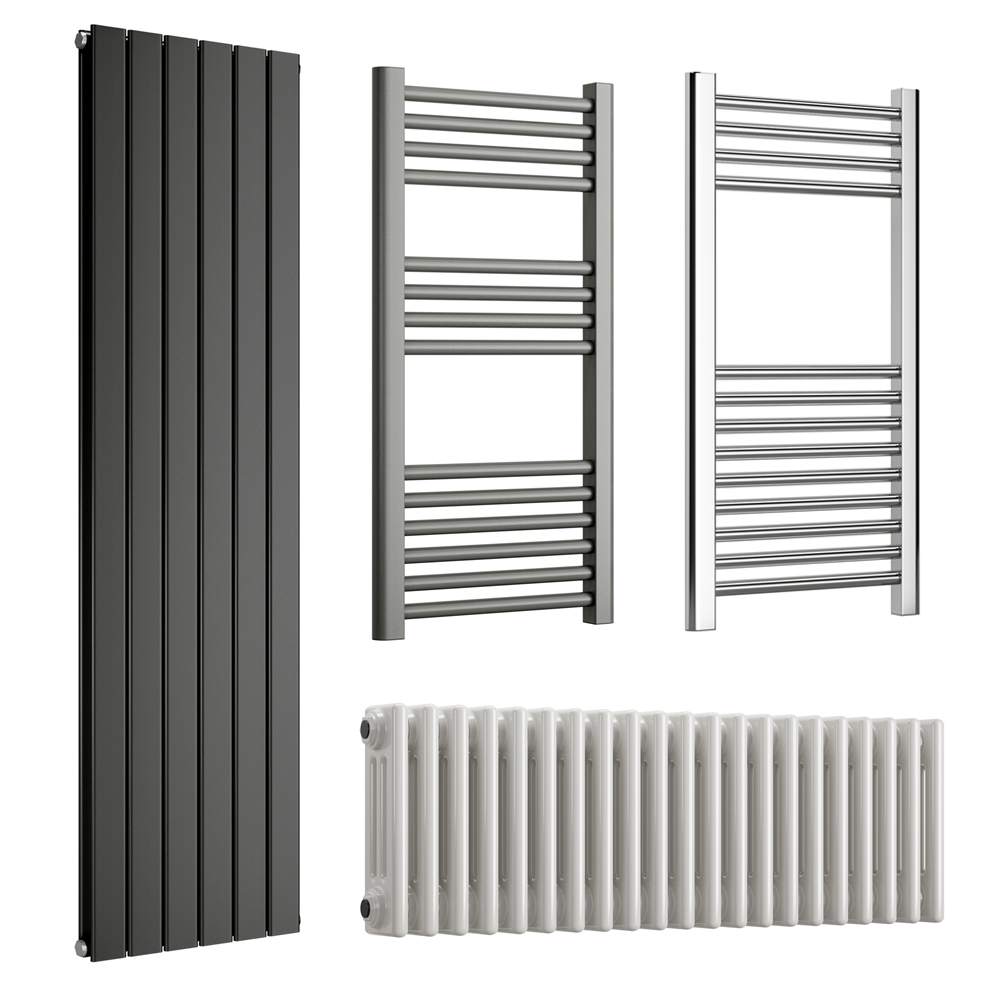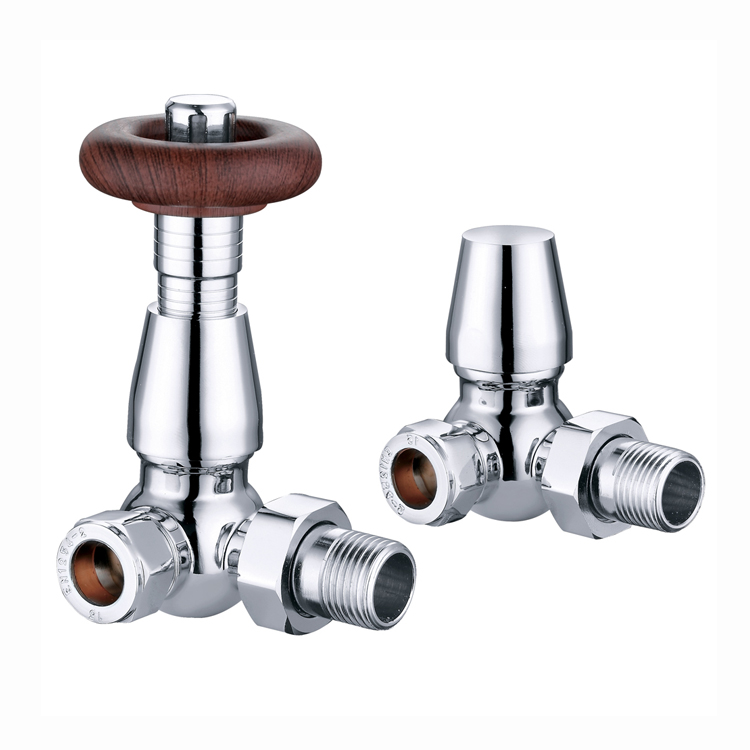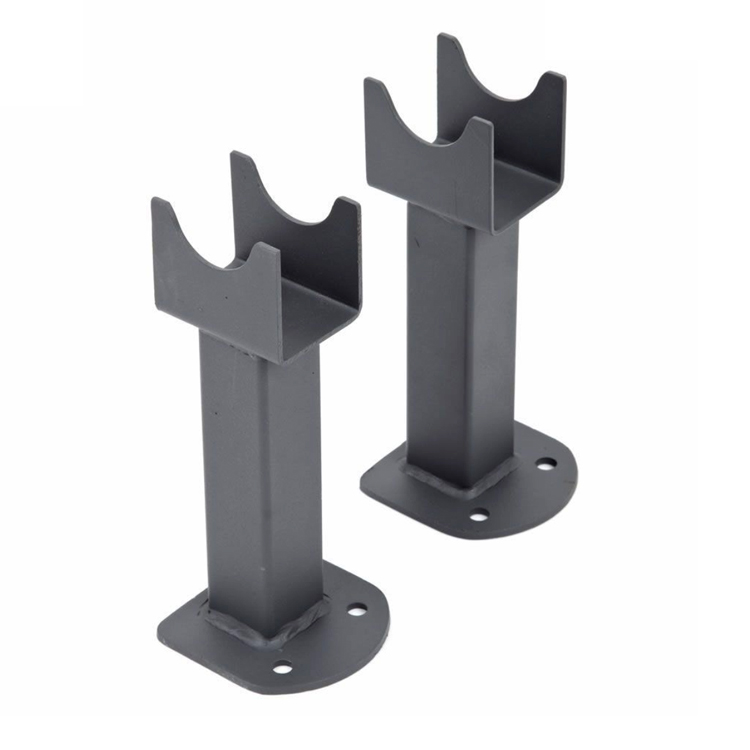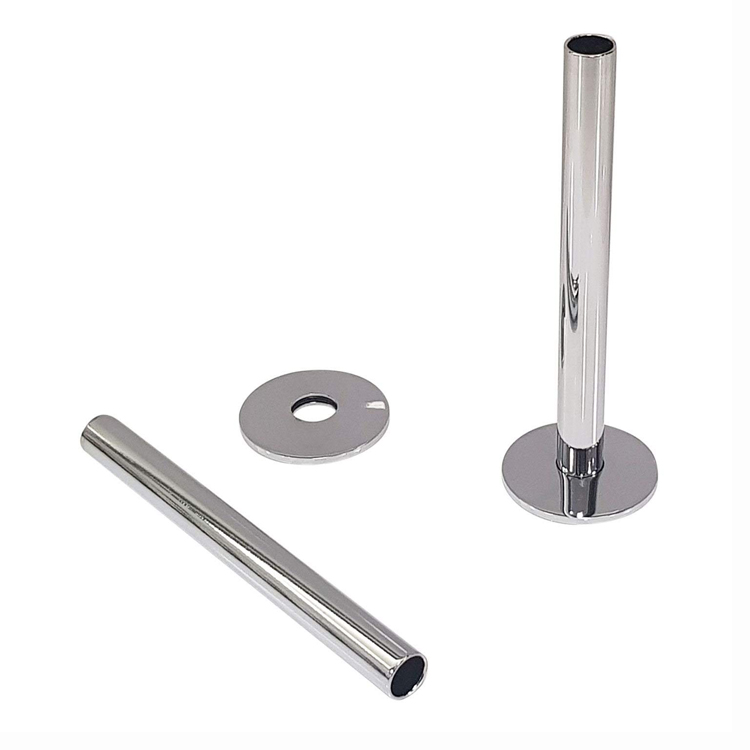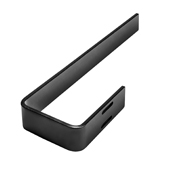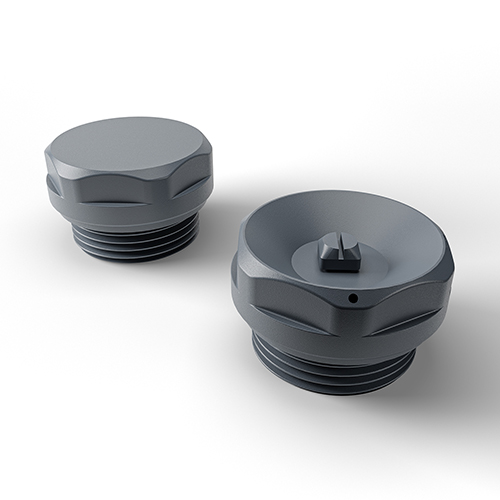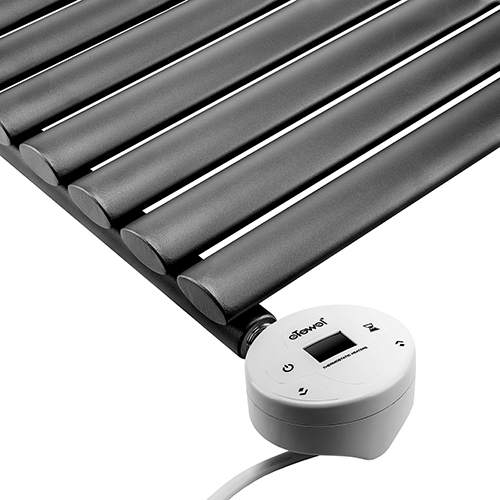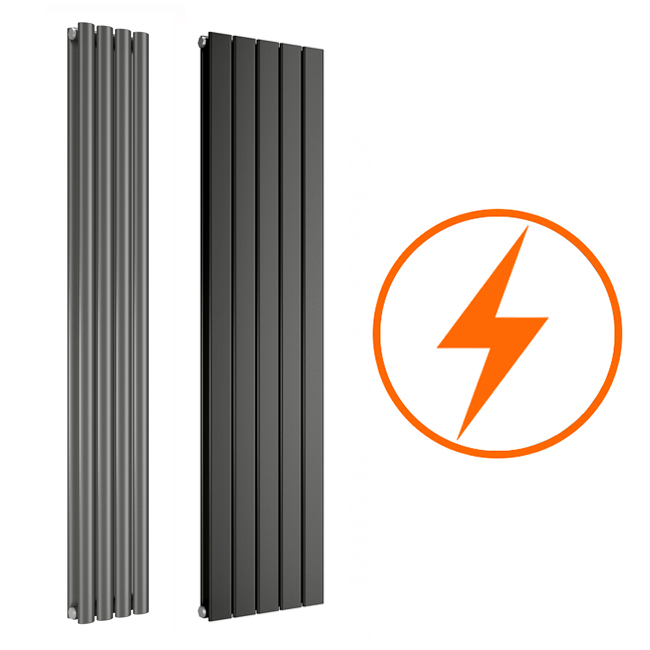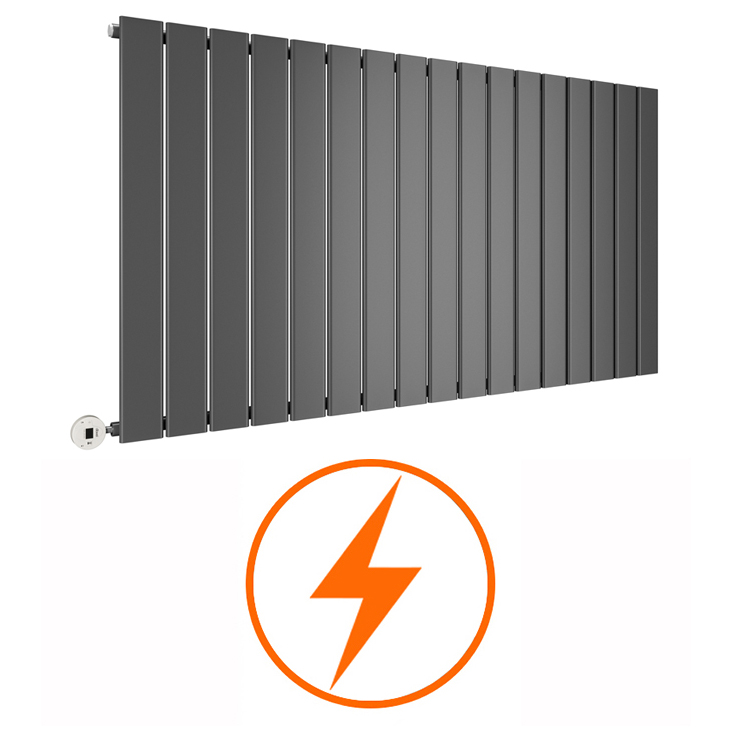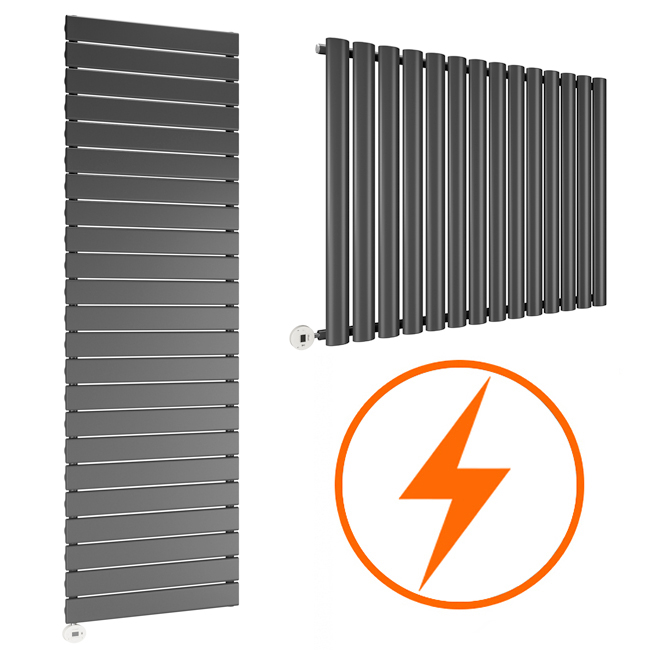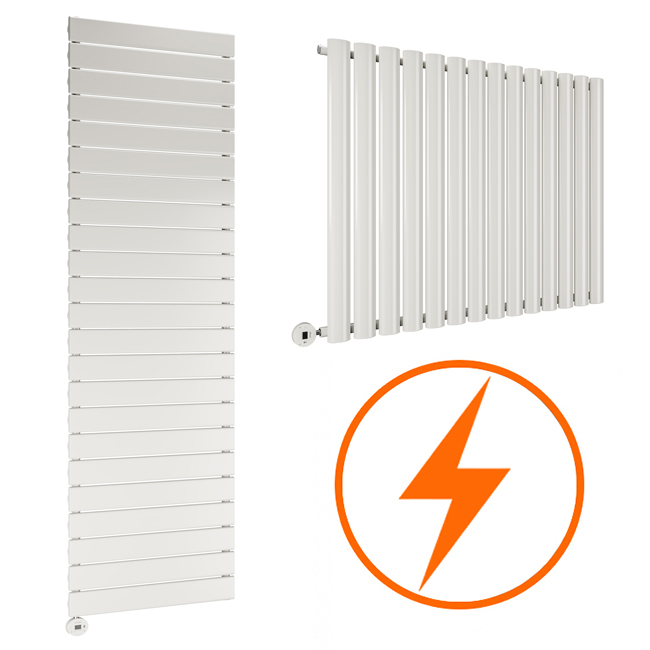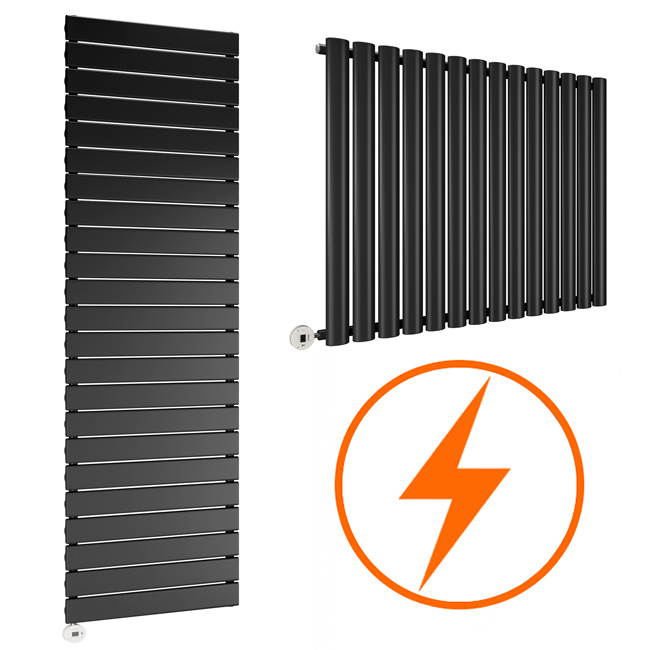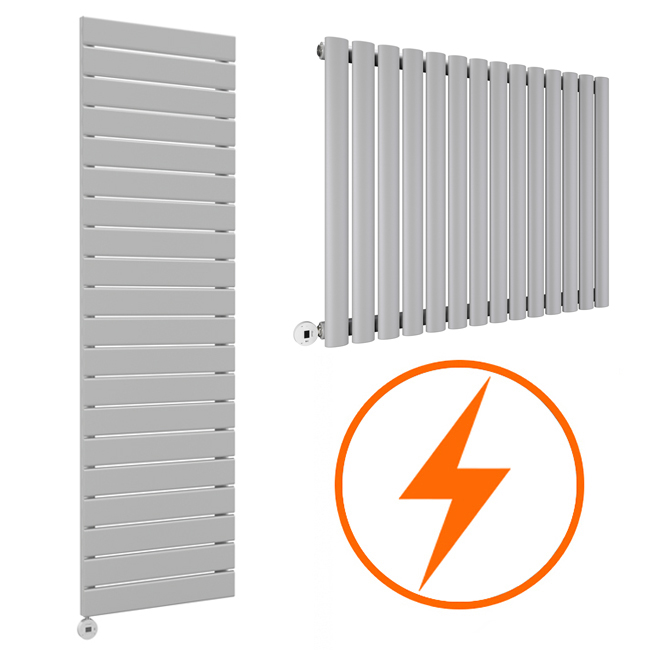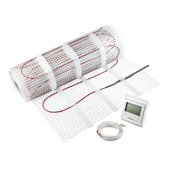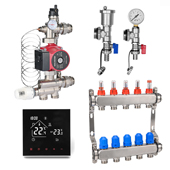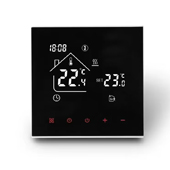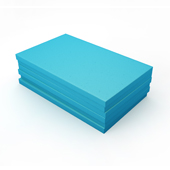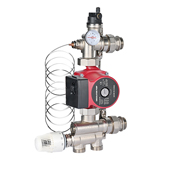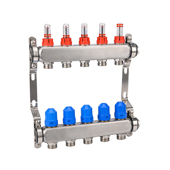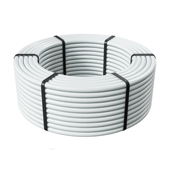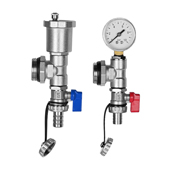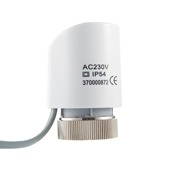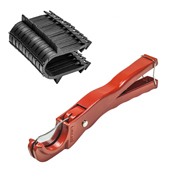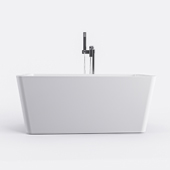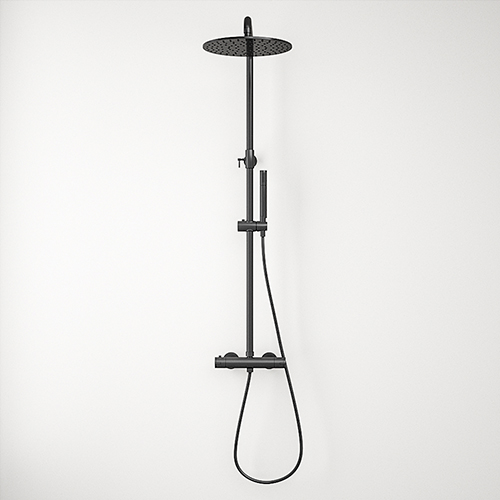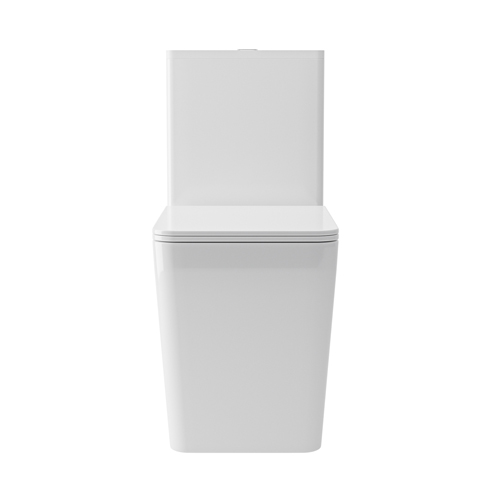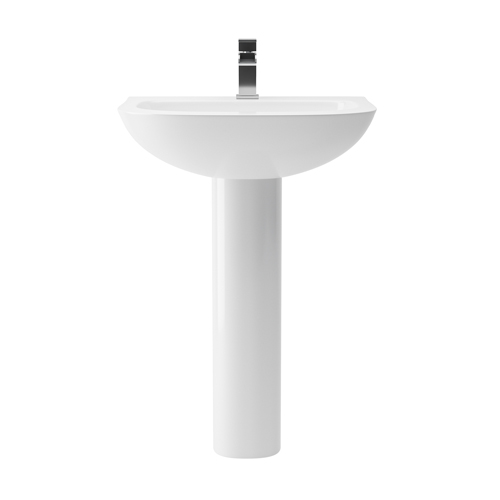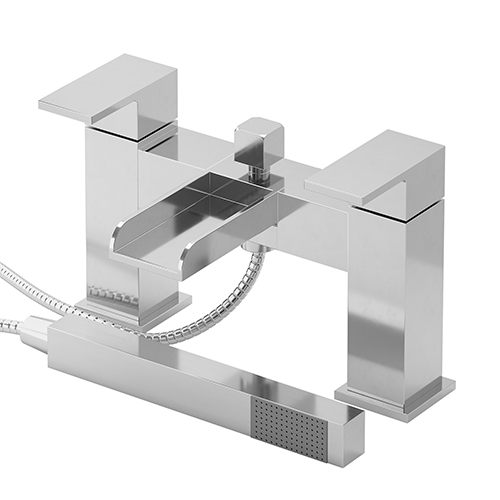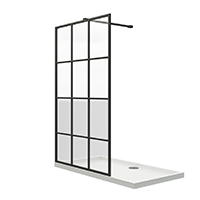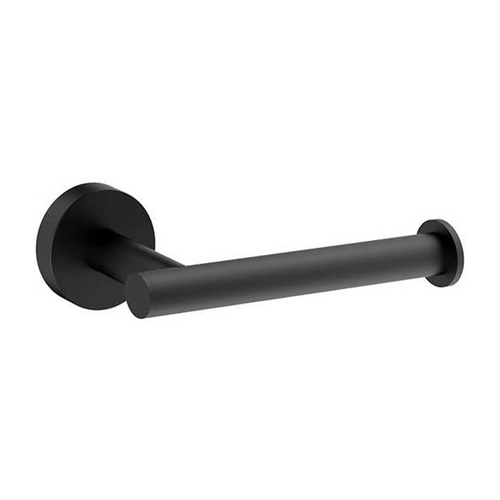Underfloor heating myths busted: What you need to know before you buy

Underfloor heating continues to grow in popularity, but a cloud of myths and misconceptions continue to surround it. Despite its advantages and increasing accessibility, many homeowners and buyers remain hesitant, held back by outdated information and unfounded beliefs.
We’re here to shed some light on the truth behind underfloor heating, busting common myths that have long overshadowed its potential. From concerns over cost and installation difficulties to misconceptions about compatibility and efficiency, we'll uncover what you really need to know before welcoming the comfort of underfloor heating into your home.
Myth 1: Too expensive to install and operate
The misconception: Many believe that the installation of underfloor heating systems is prohibitively expensive, reserved only for the most luxurious homes and that their operation leads to soaring energy bills, making them a costly choice compared to traditional heating methods.
Debunking the myth: The reality of underfloor heating paints a vastly different picture, one of affordability and efficiency. When considering the initial setup costs, it's essential to factor in the long-term savings that underfloor heating systems offer. Unlike traditional radiators, which can create unevenly heated spaces and often result in wasted energy, underfloor heating distributes heat more uniformly across a room. This even distribution means that the system can operate at a lower temperature while achieving the same level of warmth, leading to significant energy savings over time.
Furthermore, the efficiency of underfloor heating systems directly translates into lower utility bills.The seamless heat distribution minimises the energy required to maintain a comfortable temperature, ensuring that no heat is wasted. In the long run, the savings accrued from reduced energy consumption can offset the initial installation costs, making underfloor heating an economically sound choice for many homeowners.
Additionally, advancements in underfloor heating technology have made these systems more accessible and easier to install in a variety of settings, further reducing the upfront costs. Whether incorporated into new construction projects or retrofitted in existing homes, underfloor heating presents a viable and cost-effective option for enhancing home comfort and efficiency.
Myth 2: Only suitable for certain types of flooring

The misconception: A common myth that circulates about underfloor heating is that it is compatible only with specific types of flooring, such as tile or stone. This misconception leads many to believe that if their home or desired aesthetic relies on laminate, wood or carpet, underfloor heating is not a viable option, thereby limiting its application to certain designs and spaces.
Debunking the myth: Modern underfloor heating systems are incredibly versatile and can be effectively paired with a wide range of flooring materials. The latest advancements in underfloor heating technology have ensured that whether your floor is tiled, laminated, made of hardwood or carpeted, there exists a suitable underfloor heating solution that can be tailored to your specific needs.
-
Tile and stone: While it's true that these materials are highly conductive and naturally a perfect match for underfloor heating, offering quick heat-up times and efficient heat distribution, they are far from the only options.
-
Laminate and vinyl: These popular flooring choices are also well-suited for underfloor heating. Modern laminate and vinyl materials can withstand the gentle heat produced,ensuring a warm and comfortable surface without risking damage to the flooring.
-
Wood: Engineered wood flooring, in particular, can be an excellent companion to underfloor heating systems. Designed to handle the expansion and contraction that come with temperature fluctuations, engineered wood floors maintain their beauty and integrity over time.
-
Carpet: Contrary to what some may believe, even carpeted floors can benefit from underfloor heating, provided the carpet and underlay have a suitable thermal tog rating that does not inhibit the heat from rising into the room.
It's important to consult with underfloor heating and flooring professionals to ensure compatibility and optimal performance, but the range of suitable materials is extensive. This adaptability makes underfloor heating an attractive option for various home and commercial spaces, breaking down the barriers of traditional heating solutions and allowing for greater design flexibility.
Myth 3: Difficult and expensive to repair
The misconception: A deterrent for many when considering underfloor heating is the belief that it is difficult and expensive to repair. The fear is that if something goes wrong, the only solution is to tear up the floor, leading to a costly and disruptive repair process. This concern often overshadows the many benefits of underfloor heating, leaving potential users wary of investing.
Debunking the myth: Modern underfloor heating systems are designed with durability and reliability at their core, significantly reducing the likelihood of issues arising in the first place. However, no system is entirely fail-proof, and it's important to address concerns regarding repairs.
The good news is that advancements in underfloor heating technology have brought about more sophisticated diagnostic tools and methods for repair, many of which do not require invasive procedures. For electric underfloor heating systems, for example, thermal imaging cameras can pinpoint the exact location of a fault, such as a short circuit or a break in the heating element. This precise diagnostics capability means that if a repair is necessary, it can often be localised to a specific area, minimising the need for extensive floor work.
For water-based systems, pressure tests and infrared cameras can help identify leaks or blockages in the piping without the need to disturb the floor surface. Repairs can often be made through small access points, further reducing the disruption and cost associated with fixing the issue.
The modular nature of many underfloor heating systems means that individual components can be replaced or repaired without impacting the entire system. This modularity, combined with the sophisticated diagnostic tools available, ensures that repairs are more straightforward and less expensive than many anticipate. By choosing a reputable system and ensuring proper installation,homeowners can enjoy the warmth and efficiency of underfloor heating with peace of mind,knowing that solutions are available should any issues arise.
Myth 4: Only for new construction
The misconception: Many believe that integrating an underfloor flooring system into an existing building is either impossible or prohibitively expensive, requiring extensive renovation work that most homeowners would find daunting.
Debunking the myth: Contrary to this common belief, underfloor heating can indeed be retrofitted into existing buildings, opening up the possibility for more homeowners to enjoy its benefits without the need for new construction. The process of retrofitting underfloor heating has been greatly simplified thanks to innovations in the systems designed specifically for this purpose.
For electric underfloor heating systems, the retrofitting process can be relatively straightforward,often involving the installation of thin heating mats or cables directly under the finish floor surface.These systems can be as thin as a few millimetres, minimising the impact on floor height and allowing for installation in a variety of settings without significant alterations to existing structures.
Water-based underfloor heating can also be retrofitted, although this typically requires a bit more work than electric systems. However, modern low-profile hydronic systems have been developed to reduce the disruption and the need for raising floor levels significantly. These systems can often be integrated into existing heating systems, allowing homeowners to enhance their heating efficiency and comfort without completely overhauling their home’s infrastructure.
The feasibility of retrofitting underfloor heating extends beyond the technical aspects to include practical benefits. By integrating underfloor heating into an existing heating system, homeowners can create a more efficient, comfortable and evenly heated space. The process also provides an opportunity to upgrade insulation and improve the overall energy efficiency of the building.
Myth 5: Uneven heating and slow to warm up

The misconception: A common hesitation around underfloor heating stems from the belief that it provides uneven heating, with cold spots remaining in rooms and that it is inherently slow to warm up, making it less responsive than traditional heating systems. This misconception may lead some to question the system's effectiveness in maintaining a comfortable and consistent indoor temperature.
Debunking the myth: Underfloor heating excels in offering one of the most consistent and even heat distributions of any heating system available. The myth of cold spots is effectively debunked by the very nature of how underfloor heating operates – by turning the floor into a large, radiant heat source. Unlike traditional radiators, which heat the air nearest to them first, causing uneven temperatures and drafts as the warm air circulates, underfloor heating ensures that heat is evenly released across the entire floor area, rising uniformly throughout the space. This method minimises or eliminates cold spots, providing a comfortable living environment from floor to ceiling.
Addressing the concern of slow warm-up times, it's important to distinguish between the two main types of underfloor heating: electric and water-based. Electric underfloor heating systems are known for their quick response times, able to warm up a room in as little as 30 minutes, making them ideal for rapid heating needs and varying schedules. Water-based systems, on the other hand,may take longer to reach the desired temperature, but they are highly efficient for maintaining warmth over extended periods, making them suitable for continuous use throughout colder months.
Also, modern underfloor heating systems can be regulated with advanced thermostats and smart home systems, allowing for precise control over heating schedules and temperatures. This technology not only enhances the efficiency of underfloor heating but also ensures that the system can be adjusted to meet immediate heating needs, addressing the concern of slow response times.
Myth 6: Increases floor height significantly
The misconception: A concern often raised about underfloor heating is its supposed significant impact on floor height. Many homeowners worry that installing underfloor heating will require raising the floor level considerably, potentially causing issues with door clearances, ceiling heights and overall room aesthetics. This misconception can deter people from considering underfloor heating as a viable option for their home improvement or new construction projects.
Debunking the myth: The reality of modern underfloor heating systems is far from this misconception. Advances in technology and design have led to systems that have minimal impact on floor height, making underfloor heating suitable for a wide range of projects, including both new builds and renovations.
Electric underfloor heating systems, for example, can be incredibly thin – some systems are as slender as 3 mm thick. When these systems are installed directly beneath floor finishes or embedded within a thin layer of self-levelling compound, the overall increase in floor height is negligible. This minimal impact makes electric underfloor heating an excellent choice for renovation projects where maintaining existing floor levels is crucial.
Water-based underfloor heating systems,while generally thicker than electric systems due to the piping, have also seen innovations that reduce their impact on floor height. Low-profile hydronic systems have been developed specifically for retrofit and renovation applications, where keeping the increase in floor height to a minimum is essential. These systems might increase the floor height by as little as 12 mm to 25 mm, which can often be accommodated without significant alterations to the existing space.
For new builds, the integration of underfloor heating can be planned from the outset, ensuring that any increase in floor height is incorporated into the design of the building. This foresight allows for seamless installation without compromising room proportions or functionality.
Myth 7: Not energy efficient
The misconception: Critics argue that underfloor heating systems consume more energy than traditional heating systems, leading to higher utility bills and increased environmental impact. This misconception can deter environmentally conscious homeowners and those looking to reduce their energy costs from considering underfloor heating as a viable option.
Debunking the myth: The truth is, underfloor heating is often more energy-efficient than traditional heating systems, such as radiators. This efficiency stems from several key factors:
-
Lower operating temperatures: Underfloor heating systems work effectively at lower temperatures than conventional radiators. While a radiator might need to be heated to a high temperature (between 65°C to 75°C to warm a room, underfloor heating systems can distribute heat effectively at temperatures as low as 29°C to 40°C. This lower operating temperature reduces the amount of energy required to heat a space, leading to energy savings.
-
Even heat distribution: Underfloor heating provides a consistent and even heat distribution across the entire floor area. This even distribution means that the room reaches the desired temperature more efficiently, reducing the need to overheat certain areas to compensate for cold spots, further enhancing energy efficiency.
-
Zonal heating control: Modern underfloor heating systems can be controlled on a room-by-room basis, thanks to advanced thermostats and control systems. This zonal control allows homeowners to heat only the areas of their home that are in use, avoiding the wasteful heating of unoccupied spaces. The ability to precisely control the heating reduces unnecessary energy consumption and allows for more efficient use of energy.
-
Reduced heat loss: Underfloor heating can also contribute to overall better insulation of the floor, reducing heat loss. With less heat escaping, more of the energy used to heat the home contributes to actual warmth, improving the system's overall efficiency.
-
When these factors are considered, it becomes clear that underfloor heating can offer significant energy savings and a reduction in carbon footprint compared to traditional heating methods.
Myth 8: Only for luxury projects
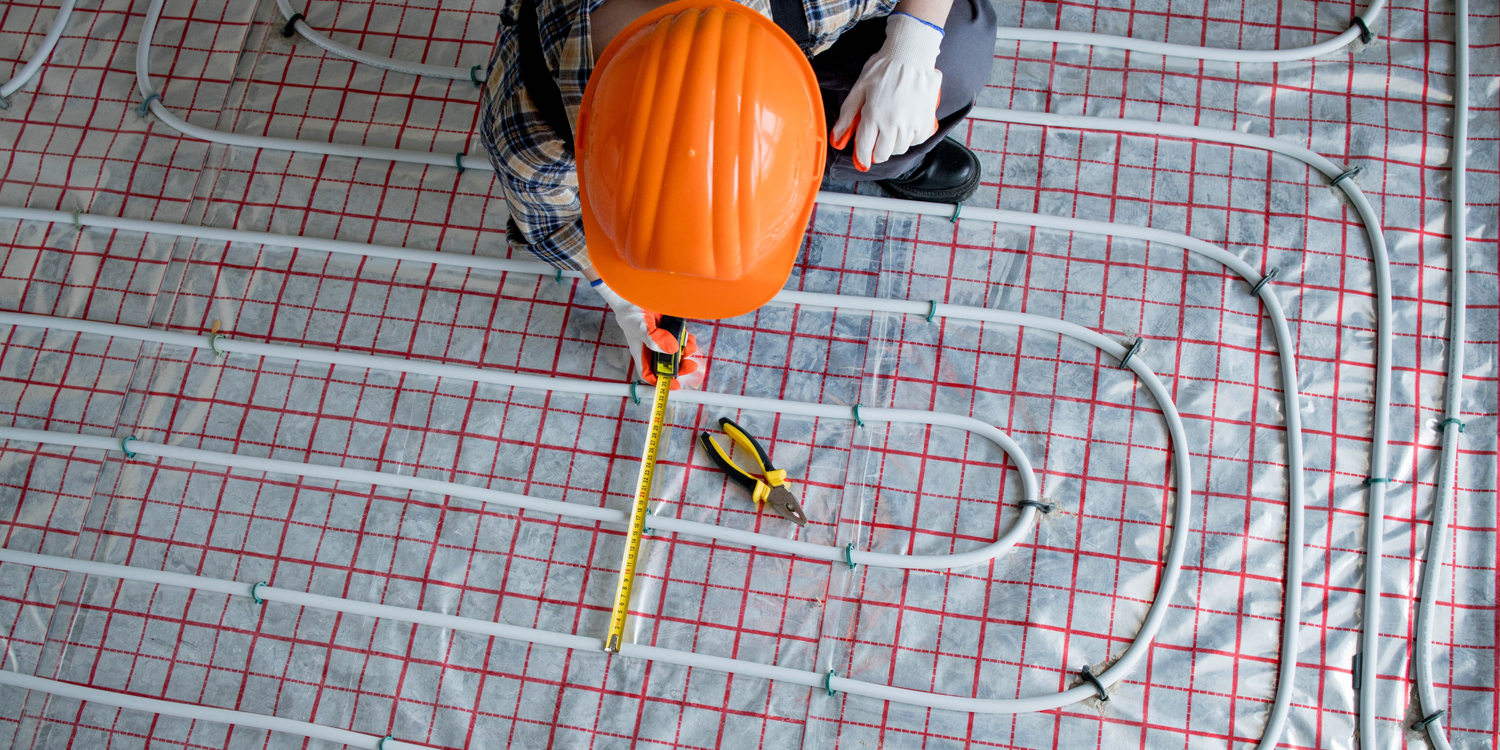
The misconception: A common belief about underfloor heating is that it's a luxury reserved only for high-end construction projects or upscale renovations. This perception positions underfloor heating as an extravagant feature beyond the reach of the average homeowner, implying that it's not a practical choice for those with modest budgets or for smaller-scale projects.
Debunking the myth: Contrary to this perception, underfloor heating is a versatile and affordable heating solution suitable for a wide range of budgets and projects. Its growing popularity is a testament to its accessibility and the value it adds to both new constructions and renovations, from small apartments to larger homes.
-
Cost-effective solutions: Advancements in underfloor heating technology have led to a variety of systems that cater to different needs and budgets. Electric underfloor heating mats, for example, offer an affordable and easy-to-install option for small areas like bathrooms or kitchens, providing the luxury of warm floors without a significant investment.
-
Scalable for any project size: Water-based underfloor heating systems, while generally more expensive upfront due to the complexity of installation, can be cost-effective for heating larger spaces or entire homes.
-
Energy efficiency savings: The energy efficiency of underfloor heating systems can lead to significant savings on utility bills, making them a cost-effective choice in the long term. By requiring lower temperatures to heat a room efficiently and providing even heat distribution, underfloor heating systems use energy more efficiently than traditional radiators, offering financial savings and environmental benefits.
Modern-day homeowners should consider underfloor heating to be a practical and efficient heating solution, regardless of scale or budget.
 Need Radiators FAST?
Need Radiators FAST? 



